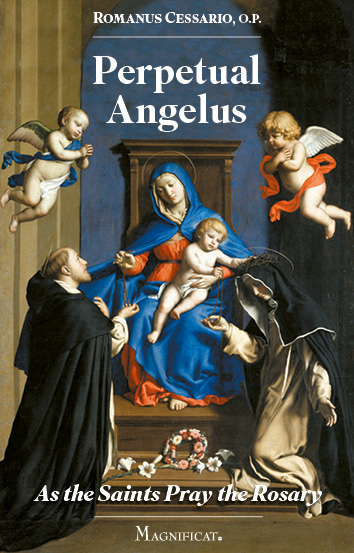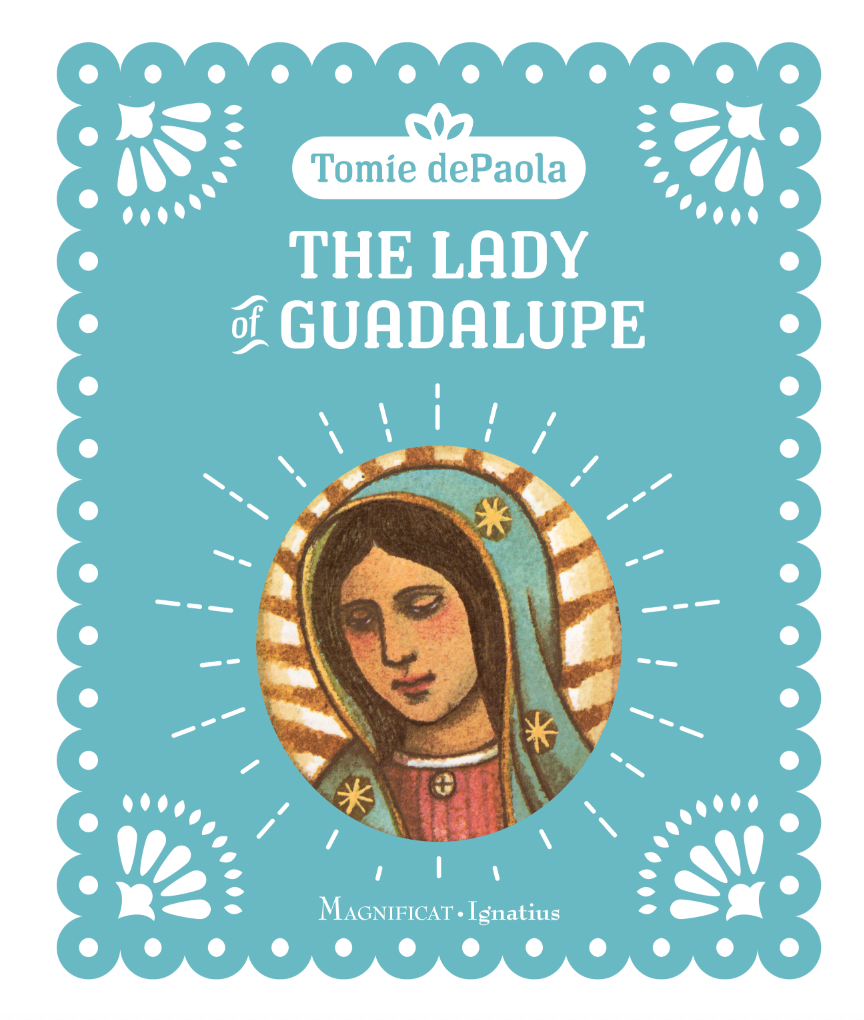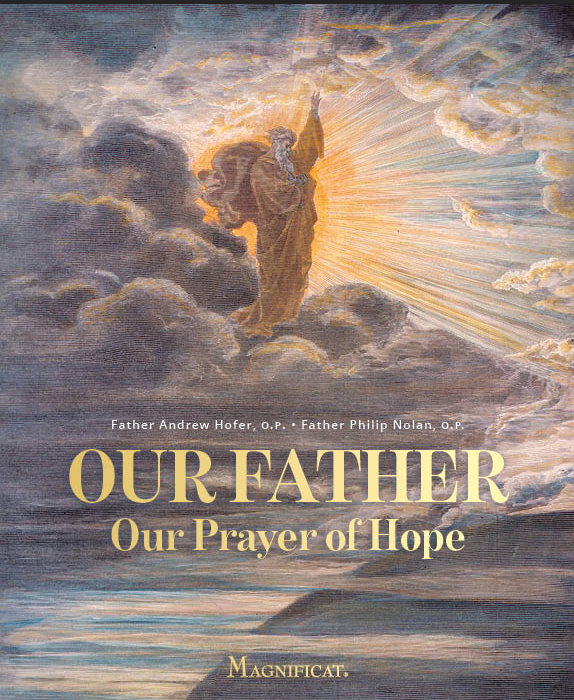Mount Carmel in the Holy Land is the place where the Prophet Elijah made manifest the power of God over the impotence of idols. Later the Fathers of the Church, seeing Mary as exalted above all creatures by her role in the history of salvation, called this place of beauty and holiness, the mountain of Mary. When a group of hermits, in the period of the crusades, established themselves on the slopes of Carmel, they meditated on these elements at length: Elijah standing with zeal in the presence of God; Mary gazing with wonder on the face of Christ treasuring his every word.
In the early years of the thirteenth century, the Patriarch Albert of Jerusalem gave a rule of life to this community of Carmelite hermits, who then constructed a small church in honor of the Blessed Virgin Mary and called themselves “Brothers of the Blessed Mary.” From this seed developed the devotion to Our Lady of Mount Carmel and the brown scapular.
Purity, presene, and prayer
Medieval Scripture scholars interpreted the fact that Elijah was told to go and hide by the spring of Cherith as a command to offer God a heart holy and pure from every mark of sin. In doing so, one could drink God’s gift from the spring; that is, taste the divine presence in the soul. The Catalan Carmelite, Philip Ribot, writing toward the end of the fourteenth century, stated that the aim of the Carmelite is twofold: to offer God a pure heart and experience in some measure the strength and sweetness of the divine presence.
Although the Carmelite hermits eventually became friars, Saint Teresa of Avila, the great Carmelite mystic in 16th-century Spain, pointed out that all who wear the habit of Carmel are called to prayer and contemplation since they descend from the holy hermits who lived on Mount Carmel. Ordered by her spiritual directors to write about prayer, Teresa spoke from her own experience insisting that all persons are called to intimacy with God and that anyone who refuses to follow this call will never know the meaning of life or its fulfillment.
The concepts of asceticism and prayer in Teresa’s teaching are based on friendship. She views the goal not in terms of the ordering and perfecting of human instincts but in terms of loving communion with Christ and of good works done in his service. Realizing different forms of friendship in her relationship with Christ, she experienced him as brother, companion, teacher, and bridegroom. In Jesus Christ, God offers souls human friendship as well as divine. In speaking of the soul, she was referring to a person capable of God with an emphasis on interiority.
Recollection
An important aspect of prayer for Teresa is the truth that God is close. In the prayer she calls “recollection,” the soul enters within itself to be with Christ, to be near him, to look at him, to be present to him who is looking at her. Along with this recollection, she suggests relating to him as did biblical figures such as Peter, Paul, Mary Magdalene, and the Samaritan woman. Or she suggests along with this recollection the slow repetition of the Our Father or some other text from Scripture.
In the Eucharist, Teresa rejoiced in a tangible prolongation of the presence of Christ among us, though with his humanity also veiled as was his divinity when he walked on earth.
With The Interior Castle Teresa wanted to explain what God does in prayer. Through the practice of presence to Christ within, she was drawn by God to ever deeper recollection, finally being brought into her center, a place where the three divine persons revealed their presence. Like Elijah and Mary, she then lived with wonder in God’s presence.
The science of the cross
A companion of Teresa was the lyric poet and mystic of the “dark night,” Saint John of the Cross. Comparing the journey inward to an escape on a dark night, he wrote about the purification necessary to reach union with God. The path along which one travels in this night is the path of “nada” or nothing. In other words the soul must seek God beyond creatures, as hidden, in faith and love; that is, she must never seek satisfaction in what she understands or experiences of God, but consider him as always higher and deeper than anything she can reach. Walking the path of “nada” means following Christ and carrying his cross, or as Saint Edith Stein reflects, is a “science” of the cross, not a theory but real, living, effective truth that leads to resurrection.
Carmelite saints witness to the fact that, through prayer, thirst for God increases, and along with this, thirst for the salvation of souls. This led Saint Thérèse of Lisieux to exclaim, “I wanted to give my Beloved to drink, and I felt myself consumed with a thirst for souls.”









